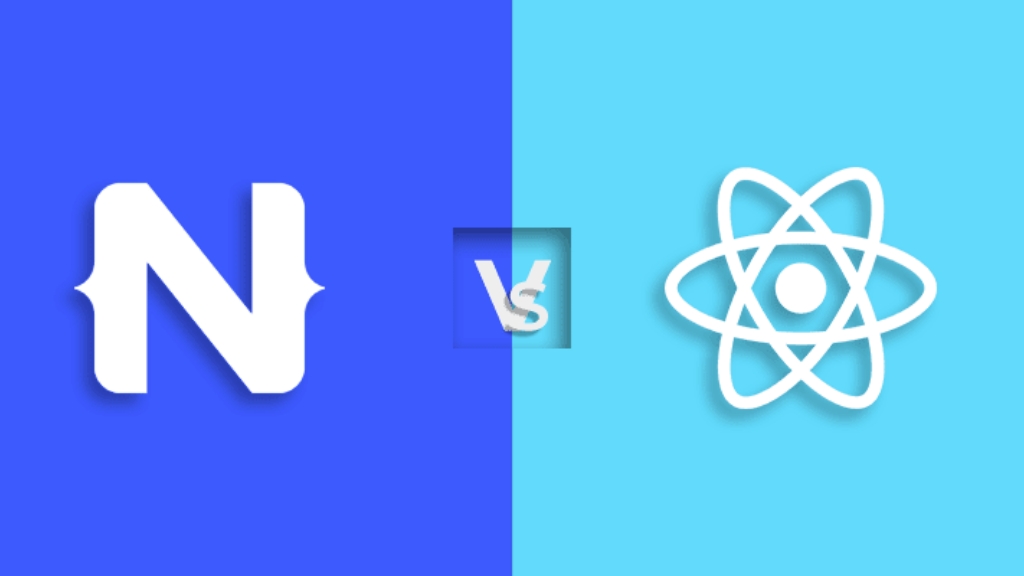Don't miss the chance to work with top 1% of developers.
Sign Up Now and Get FREE CTO-level Consultation.
Confused about your business model?
Request a FREE Business Plan.
10 Benefits of Cross Platform Mobile App Development and Some of its Popular Tools
Table of contents
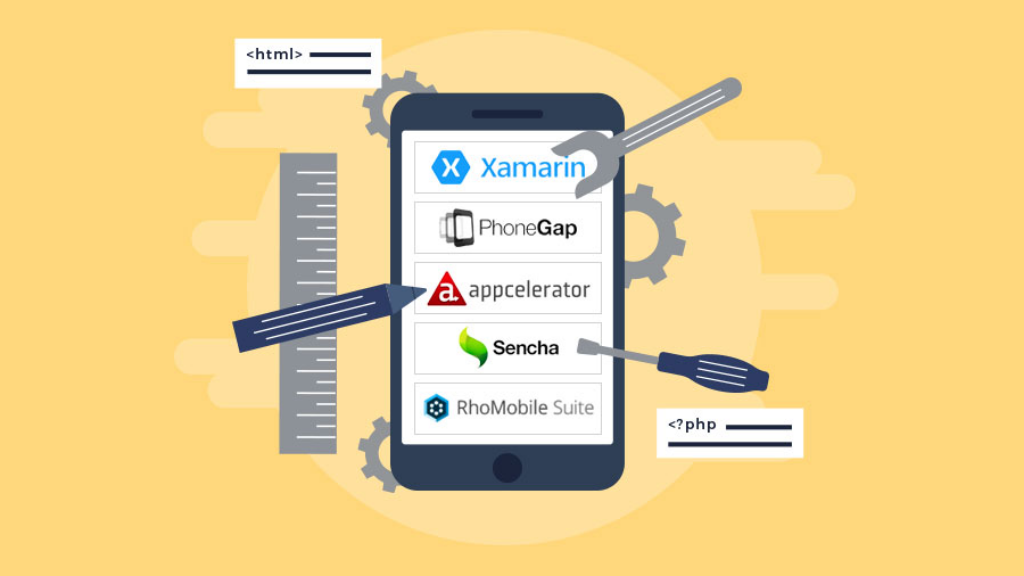
Mobile application development is one of the fastest developing industries with new platforms and new applications coming every day. A lot of organizations and businesses are investing heavily in mobile applications and are deriving high revenues as well. Thus, if you are an entrepreneur and want to succeed in this fast-paced world, it is necessary to develop a mobile application for your business too. However, the question is which type of mobile application will suit your target audience? Would it be a good idea for you to go with Native or Cross platform mobile app development?
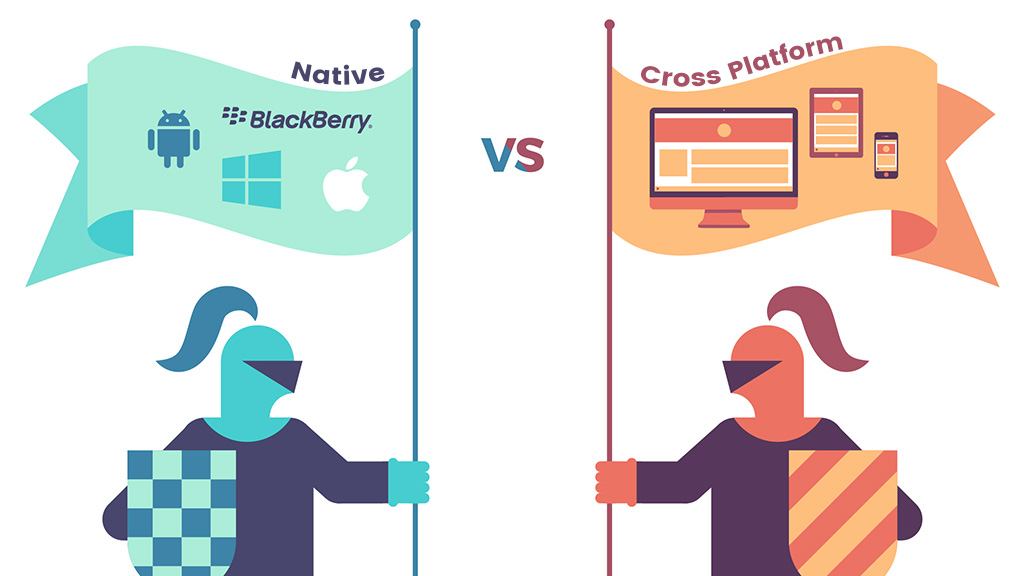
You need to choose whether to develop an application just for Android or for all platforms including iOS, BlackBerry, iPad and Windows. Native application development focuses on one OS while cross-platform application development focuses on multiple Operating Systems.
Nowadays, the concept of cross platform mobile app development is taking the industry by storm. These apps are built utilizing a language that can be surrounded with native code and after that deployed over all platforms. Such platforms including Xamarin, PhoneGap and Appcelerator lessen the developers work and furthermore decreases the development time.
Here, let us discuss some other advantages of developing Cross-platform mobile apps.
A few Advantages of Cross Platform Mobile App Development
Easier Implementation
Cross platform mobile app development provides an easier implementation. Nowadays, there are various technologies, for example, Appcelerator and PhoneGap, offering a cross-platform solution that makes it simpler for app developers to create apps. For example, there are platforms or tools available in the market that allow writing codes simply in HTML5 and then it can be changed over for various platforms. This not only makes the development procedure fast but also makes it simpler to sync updates over all mobile devices.
Easier Time for Developers
Each client who has tried consulting an application developer has been told how laborious the task is. But, developers presently have a simpler choice to get the task done because most cross platform mobile app development frameworks are dynamic. They also support HTML5 and CSS3, which makes it simpler for developers to utilize.
Simple access to plug-ins
Cross platform mobile application development provides simple access to the plug-ins and streamlines the entire development process. There are platforms available in the market that provides simple access to numerous plug-INS which developers can use to develop the apps with ease.
So, if developers are making a location-based application, and need to implement it on Android and iOS, a unified code-set can be utilized to interface both the platforms. It is easy and can be executed in very less time.
More prominent Market Reach
For entrepreneurs, it is presently possible to reach a larger audience as now you can host your application on numerous platforms. Your mobile application can now be available on iOS, Windows, BlackBerry, and other Operating Systems.
Support for Cloud and Enterprise Solutions
On frameworks, such as Titanium and Phone gap, it is very easy to incorporate a cloud solution. These days, there are numerous frameworks that come with plug-INS that app developers can use to upgrade validity, app functionality, and aesthetics.
Speedier development time
Application development becomes significantly speedier when a solitary script is deployed. Fast development speed, in turn, results in app reaching the market sooner. Hence, time can be spent on thoroughly considering errors, improvements and code optimization which further creates a win-win situation for all – marketers, developers and app owners.
Controls Cost
Cross platform mobile app development results in reduced development cost by allowing companies to invest just once instead of spending money heavily on various technologies and tools. Now, they no longer require money to spend on developing applications for all platforms individually. For application developers as well, the same team can work on different platforms.
5 Best Cross Platform Mobile Development Tools
Listed beneath are five prominent cross platform mobile app development platforms or tools that empower organizations to develop mobile applications quicker:
Xamarin
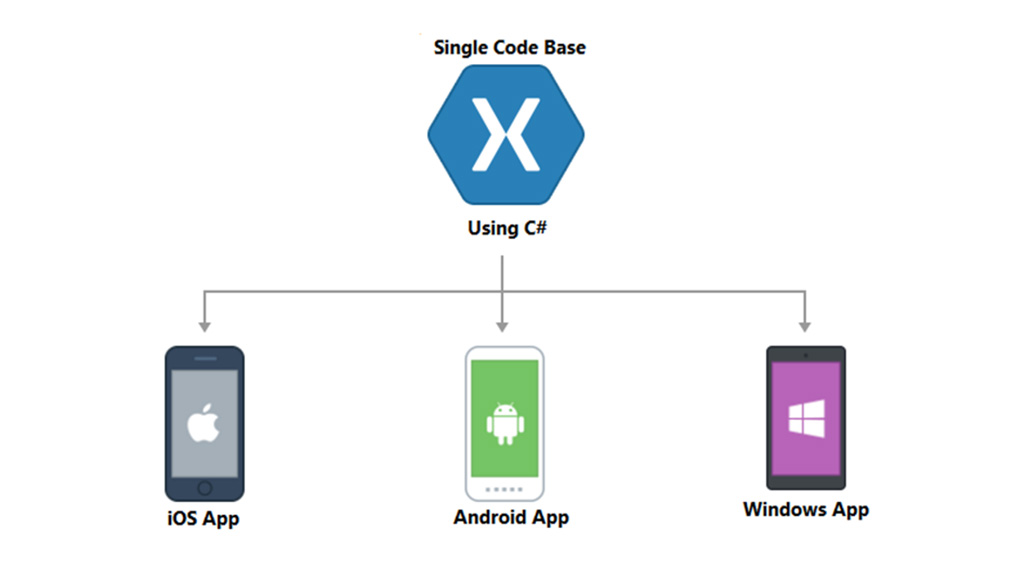
Xamarin is one of the best cross platform development tools. Using Xamarin, developers can build native apps for various platforms by utilizing just the C# code base. The platform enables developers to utilize the same language, IDE, and APIs all over. Xamarin cross platform development is very prominent all over the world and is adopted by big tech giants like IBM and Microsoft. In case a developer needs to utilize C# or Ruby, then it is one of the most appropriate development tools for them.
PhoneGap
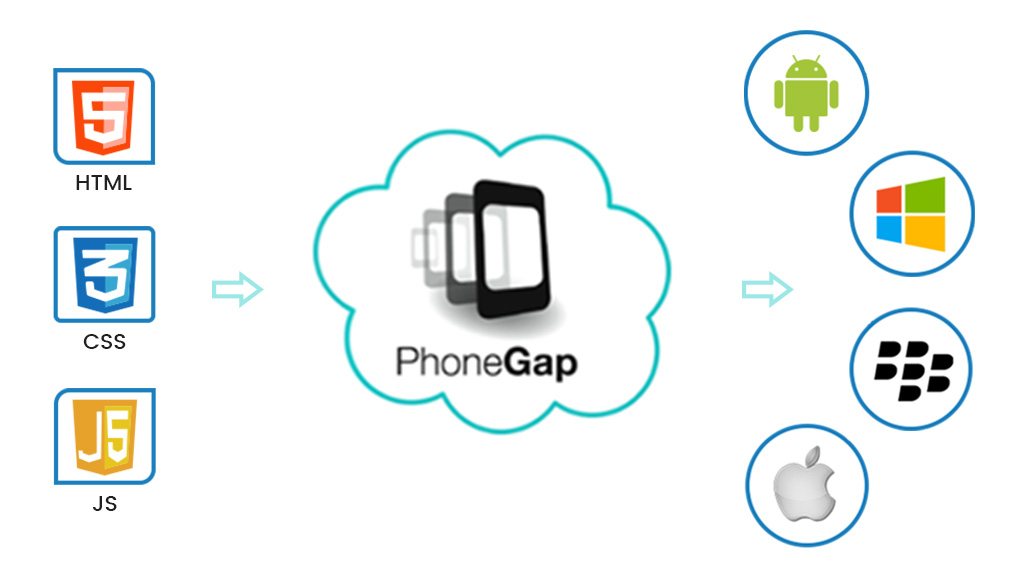
PhoneGap allows application development for various platforms. It comprises a debugger, compiler and a couple of testing tools. The key web technologies incorporated in PhoneGap are CSS3, HTML5 and JavaScript. Additionally, it comes with an extensive variety of plugins like Push plugin, Capture plugin, Media Recorder Plugin and so on.
Being one of the best mobile application development tools, it also enables developers to trigger phone functions like accelerometer, GPS, camera, and many more. Thus, it serves as a flexible tool to develop world-class applications.
React Native
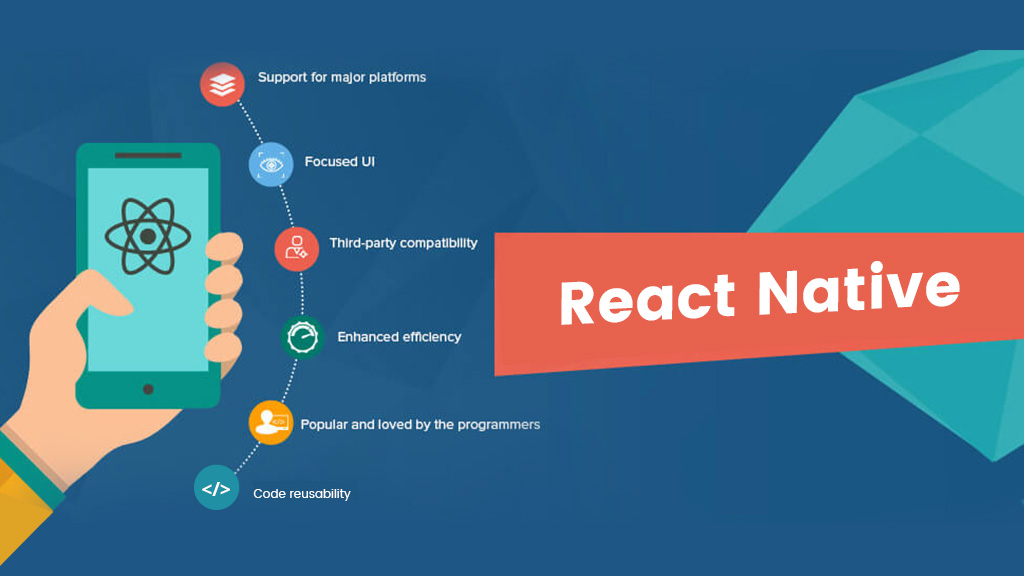
By using React native, development efforts can be reduced to half. It allows utilization of same code for deployment on Android as well as iOS. It is an open-source cross platform app development framework by Facebook that follows “learn once and write everywhere” technique. The unique selling point of React Native is that despite being a cross-platform framework, it develops apps with look and feel of a native app. As a result, it offers an awesome user experience.
Appcelerator
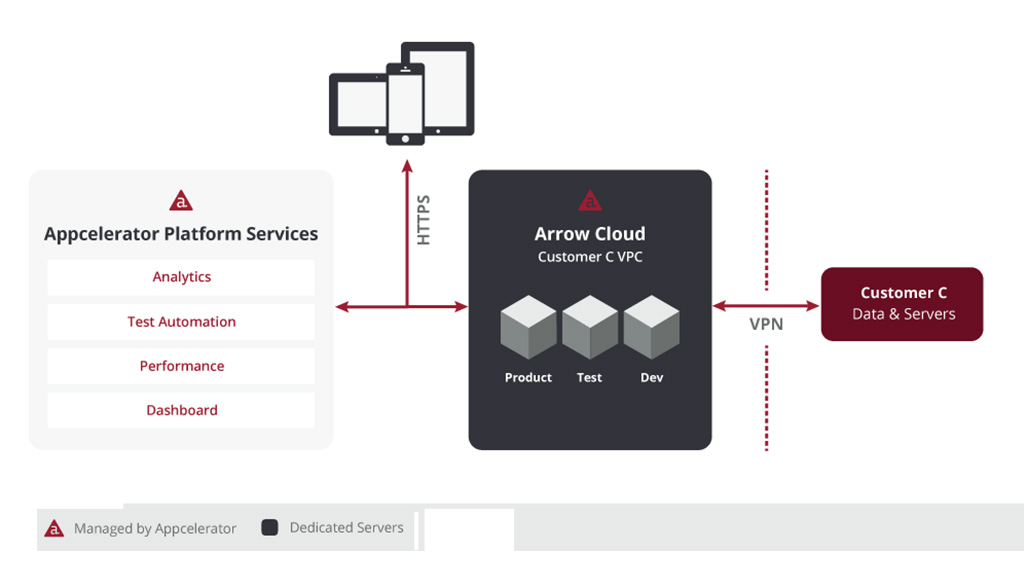
Appcelerator makes it feasible for developers to develop cross platform mobile apps with speed. The platform deploys a JavaScript codebase. The main perk of this platform is it is open and extensible. The developers can develop applications for platforms like Android, iOS and BlackBerry; it even also supports hybrid applications and HTML5.
The Appcelerator platform has an open-source SDK and supports more than 5000 OS APIs and devices, Eclipse-based IDE Studio, and the MVC Alloy.
RhoMobile
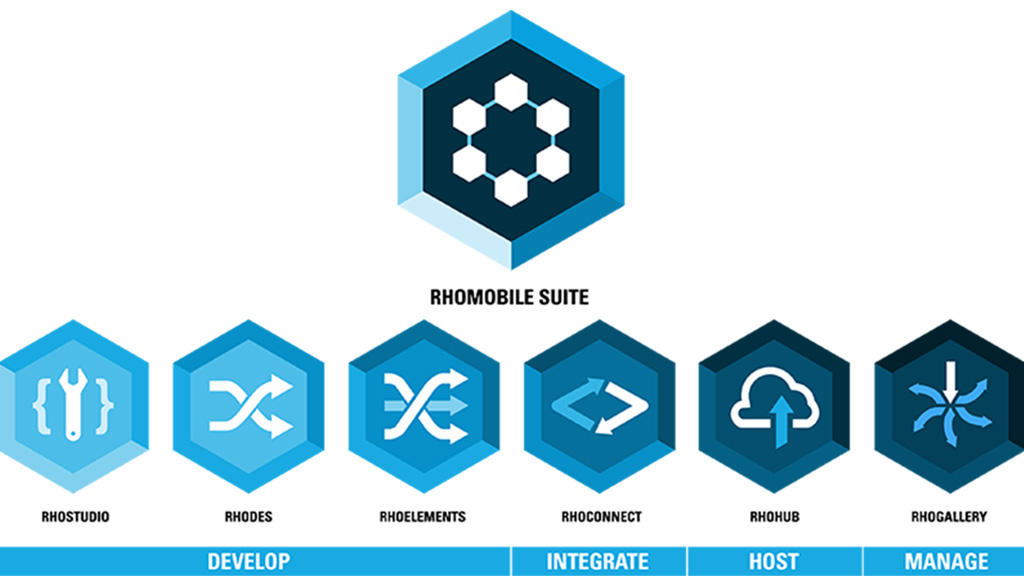
The RhoMobile platform offers app development tools for creating native mobile, multi-platform and enterprise based applications. It accompanies a free Eclipse plug-in that enables developers to develop, generate, debug, and test apps, even without other emulator and hardware. Here, a developer can without much of a stretch access offline data with Rho Connects.
Wrapping Up
The cross platform mobile app development approach has been broadly acknowledged by developers over the globe as it makes the whole development process very fast and seamless. But, before taking the final decision on whether this approach is right for organizations or not, it is vital for them to understand what their clientele needs. An intelligent approach is to analyze different parameters, for example, user demographics, various smart phones utilized, clients’ interaction with applications, and so forth to check whether a cross-platform solution is a correct decision or not.
If you want any type of consultation regarding the technological transformation of your business, you can contact experienced app developers of Apptunix at sales@apptunix.com.
Rate this article!
Join 60,000+ Subscribers
Get the weekly updates on the newest brand stories, business models and technology right in your inbox.

Humane yet subtle, Naiya is a girl full of ideas about almost everything. After earning a bachelor’s degree in computer science and engineering, she decided to merge her technical knowledge with her passion for writing – to accomplish something interesting with the fusion. Her write-ups are usually based on technology, mobile apps, and mobile development platforms to help people utilize the mobile world in an efficient way. Besides writing, you can find her making dance videos on Bollywood songs in a corner.

App Monetization Strategies: How to Make Money From an App?
Your app can draw revenue in many ways. All you need to figure out is suitable strategies that best fit your content, your audience, and your needs. This eGuide will put light on the same.
Download Now!Subscribe to Unlock
Exclusive Business
Insights!
And we will send you a FREE eBook on Mastering Business Intelligence.


